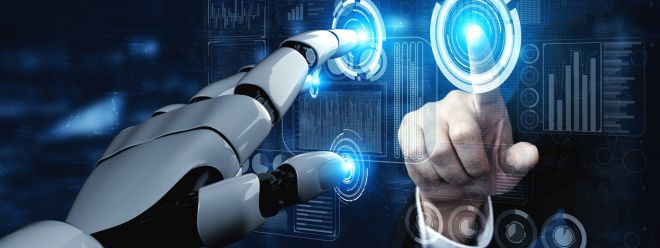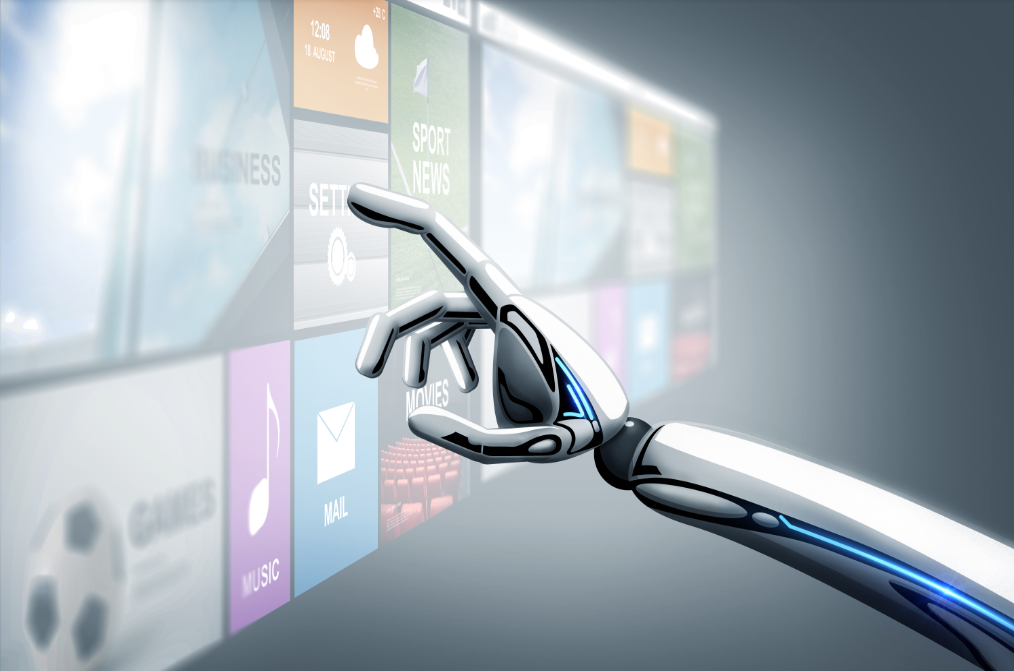Artificial Intelligence will revolutionize hardware design by 2024

From speeding up the brainstorming process to finding design flaws before errors occur, here are five ways artificial intelligence will impact hardware design in 2024.

The mission dream of every hardware team is to develop a category-defining product and deliver it on time and within budget. However, the slow design and iteration times inherent in the hardware, as well as inefficient processes and lack of team resources, often threaten this dream.
If applied correctly, artificial intelligence has the potential to change that narrative. Unfortunately, in most corners of the hardware market, artificial intelligence is still in its infancy. While other industries are adopting AI at lightning speed, the hardware world seems to be lagging behind. Only recently have hardware teams begun to show serious interest in the potential of artificial intelligence.
Here’s a look at the future of AI in hardware.
How artificial intelligence will impact hardware design
1. More effective brainstorming
Brainstorming is where all great design begins. However, to be effective, the brainstorming process requires a team of engineers with a wide range of experience and expertise in different areas, and everyone with a few hours or days available on their schedule.
AI design assistants have the potential to provide a unique and broad set of ideas that can help find the best solution to a team’s problem. For example, one can enter a prompt describing a project and ask the AI to provide ideas or brainstorming questions.
This way, the team can evaluate more options and focus on optimization to find an effective solution.
Ultimately, AI has the potential to add a new set of perspectives to initial brainstorming sessions. This allows hardware teams to move from ideas to prototypes faster than ever and one step closer to product launch.
2. Discover design errors as early as possible
Just like other design engineers, AI can help reduce design errors by suggesting corrections and improvements during project development. Similar to senior engineers, AI can review designs, verify calculations or find the limits of components. This way, teams can catch errors before the design goes into production, saving wasted time and money.
For example, AI tools allow AI design assistants to be provided with presets where project requirements such as operating temperature, voltage or compliance standards can be declared. This allows the tool to track the design process and alert the team when errors occur.
3. Faster iteration time
One of the most difficult aspects of hardware design is that iteration has historically been a slow and arduous process.
Each iteration typically requires building a new prototype from scratch. Engineers need to meticulously test each prototype for flaws and areas for improvement. Any modifications, no matter how small, may need to go back to the drawing board, causing further delays. Before one knows it, months pass and the target deadline looks increasingly unfeasible.
Using AI in design, teams will be able to quickly generate new design ideas, explore different design process options, and iterate designs faster. AI can connect complex components, identify design options, and provide a bill of materials for a project.
In the future, AI will simulate various scenarios and configurations to provide insights into the most efficient layout, optimal component placement and effective signal routing strategies. This capability will speed up the design process and improve the quality and performance of the final product.
4. Automated parts selection
One of the most tedious and time-consuming stages of the design process is selecting parts. This requires understanding the project requirements, reading hundreds of pages of data sheets, and comparing hundreds of comparable options on the market.
Artificial intelligence completely changes this process. These systems are optimized to sift through massive data sets and make critical decisions. Design in this context allows you to search a vast database of parts and find the specific components that best fit your team's needs. Designers only need to provide the AI with a set of design criteria, including power consumption, area and cost, and let the AI do the menial work.
5. Speed up the learning process
When teams design cutting-edge technology, one of the hardest parts is learning the new technology. Not every team is led by an experienced expert.
Artificial intelligence will provide services like design experts. When a team can’t understand a concept or needs some guidance, AI can look into it and provide insights. All a hardware engineer needs to do is ask questions and get clear and detailed answers.
This is a new way of learning that helps teams overcome initial hurdles faster and deliver products in less time.